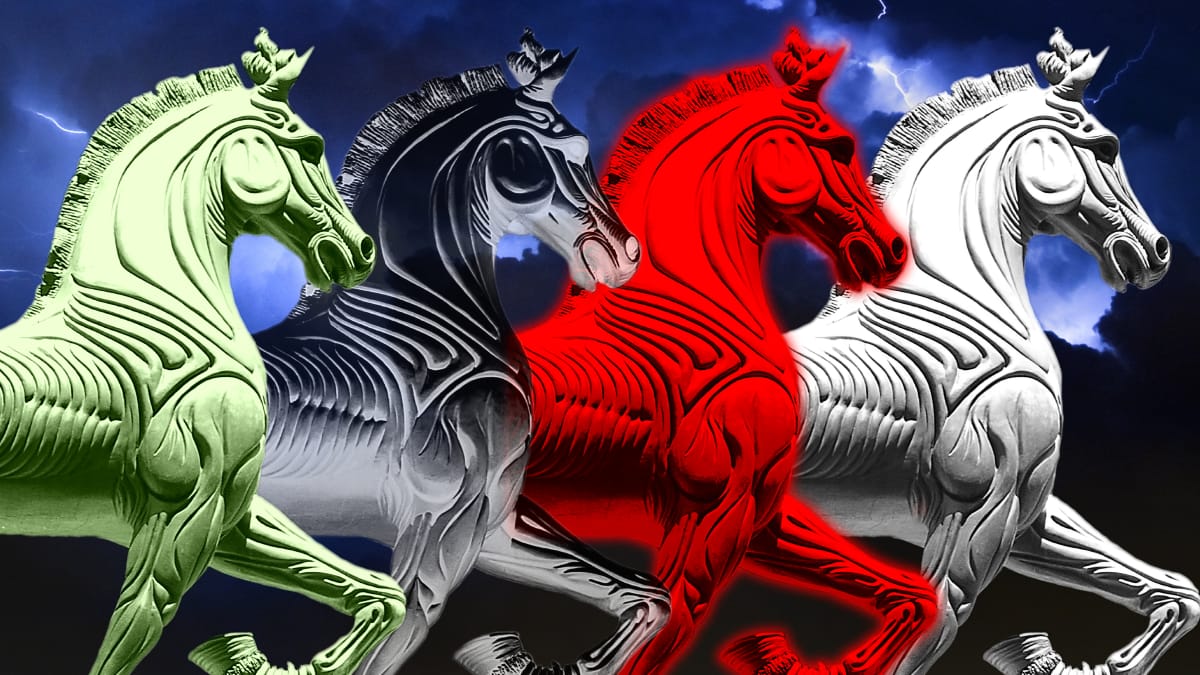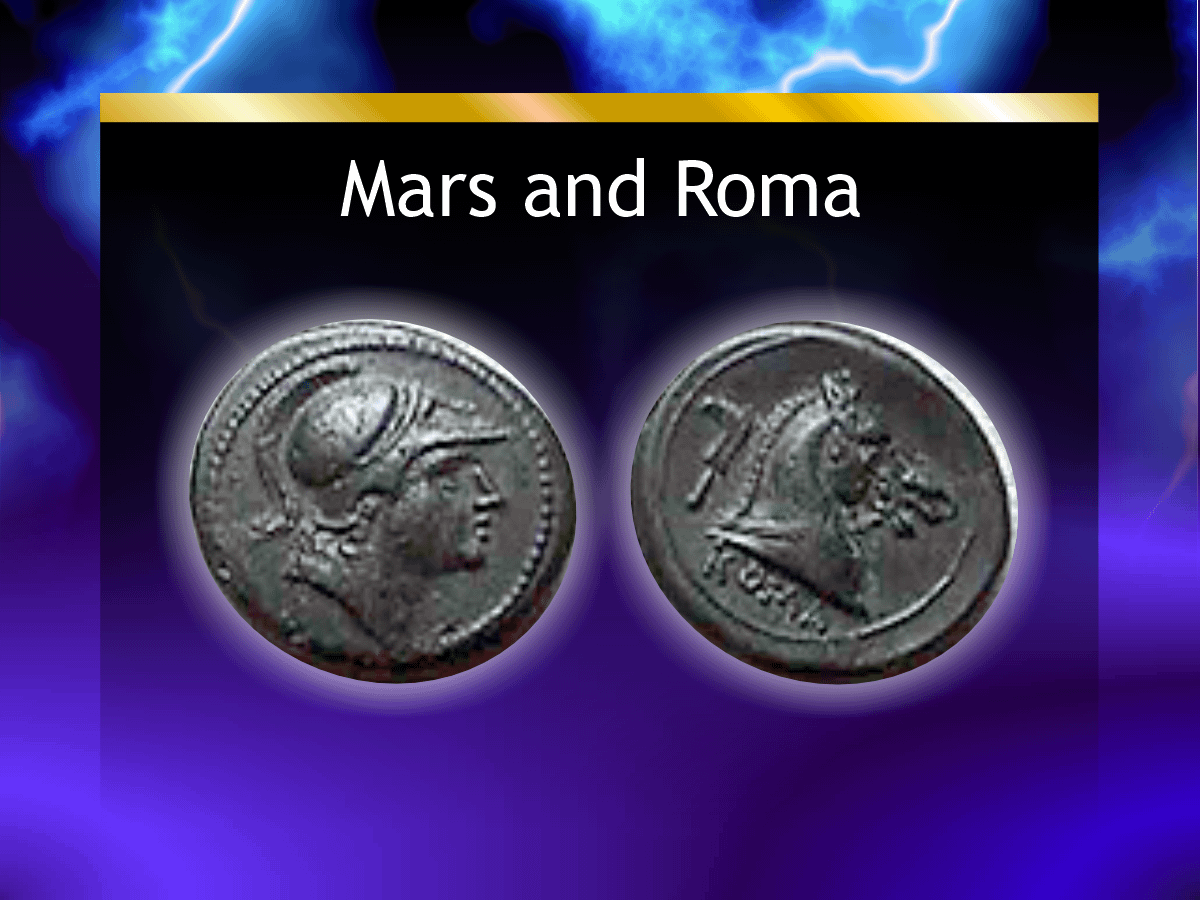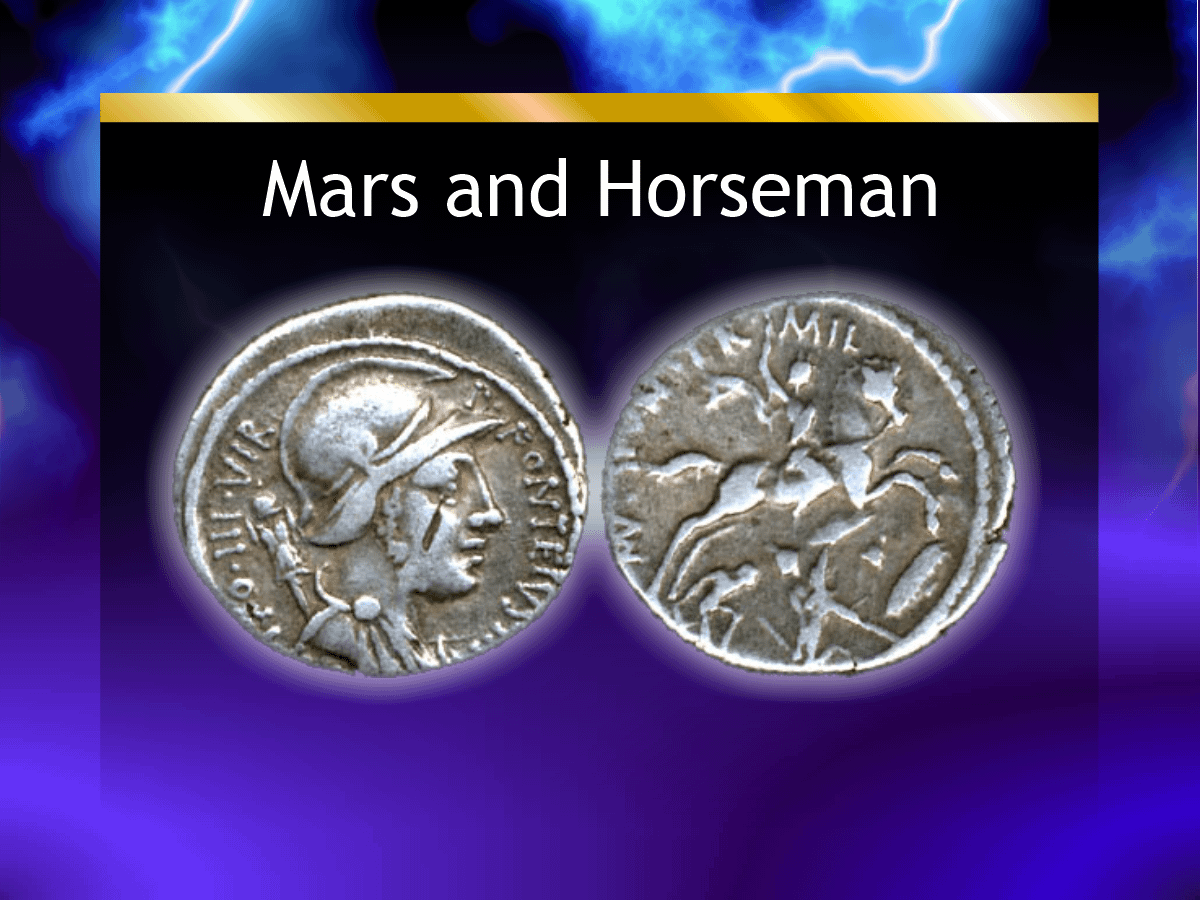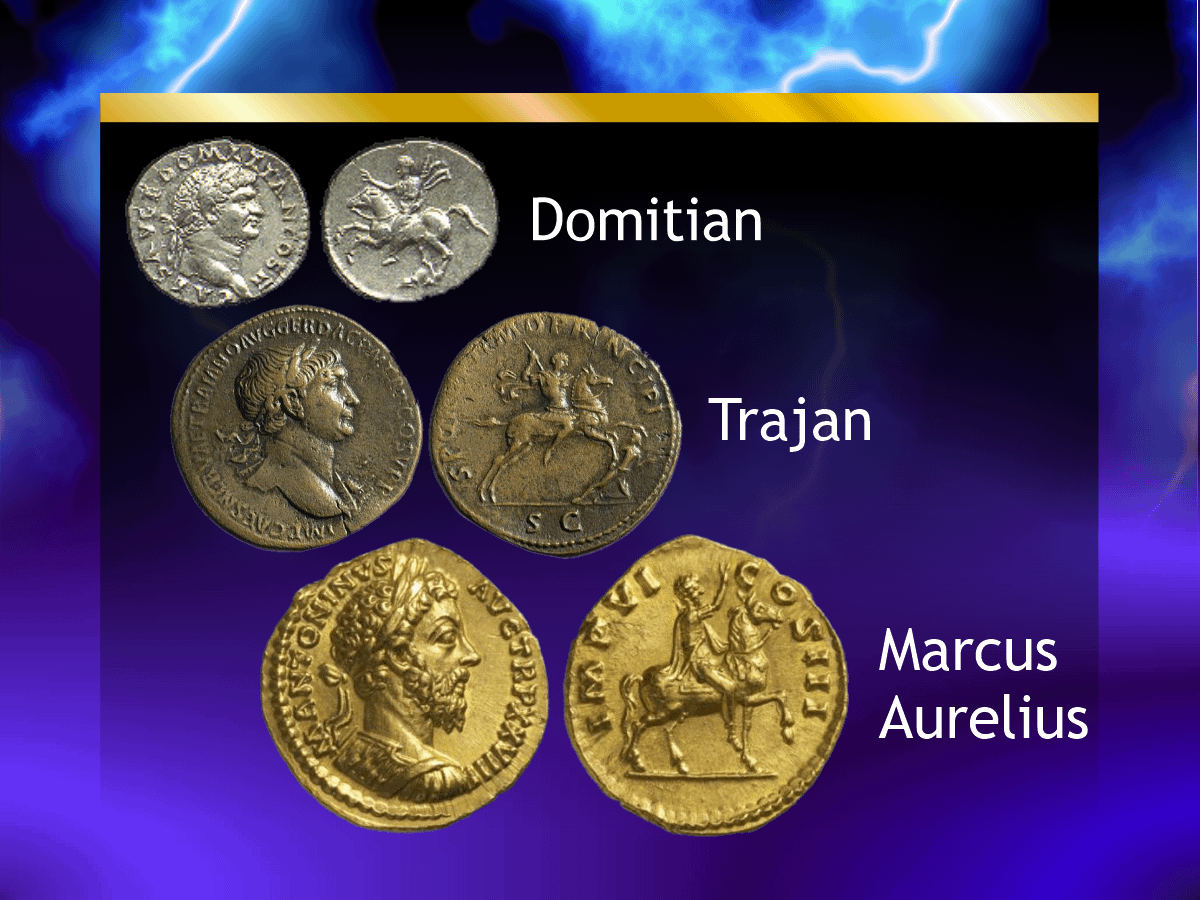Prophecy
Revelation
The First Seals
Introduction – The Four Horsemen of the Apocalypse
And I saw when the Lamb opened one of the seals, and I heard, as it were the noise of thunder, one of the four beasts saying, Come and see.
The opening of the first four seals brings the four visions of the four horsemen. The first horse is white, the second red, the third black, and the fourth is pale or livid—the greenish colour of death.
In the symbolic prophecies of Daniel and Revelation, animals are used to represent empires and peoples. Sometimes they are represented by wild beasts or fantastic creatures with the appearance of one animal but including aspects of others (such as the lion with eagle’s wings which represented Babylon). Sometimes the animals are of the more domesticated variety, such as the ram and goat. Persia was represented both by a bear and a ram, and Greece by a leopard and goat in Daniel. The animals were not chosen at random but had local or historical significance.
The horse and symbol of a horseman had great significance for the Romans. The horse was one of the sacred animals of Mars, the supposed father-god of Rome (being purportedly the father of its founders Romulus and Remus). One of the Roman coins below, and many others like it, bears the head of the god Mars on one side and a horse’s head on the other, with the name “Roma” underneath it.
Another coin, again with the head of Mars on one side, displays the familiar Roman symbol of a conquering horseman on the reverse.
The coins of the emperors Domitian, Trajan, and Marcus Aurelius, in the era of the apostle John, and shortly after, show the military image of the warhorse and rider was familiar among the armies and rulers of Rome. It is a common symbol of the Empire and its power.
The horse symbols in the first four visions fitly represent the Roman Empire, and the horsemen riding them symbolise the ruling influence upon the empire at the time of the particularly coloured horse. The colours of the horses reflect the condition of the empire at the time.

The Roman Horse and Rider
The statue above, altered in colour to give an impression of the white horse and rider of the vision, is actually a Roman bronze statue of the emperor Marcus Aurellius. He was one of the Five Good Emperors in the era just after John received the Revelation, the very era of the First Seal.The First Four Seals
Revelation 5–7
The Seven Seals1 And I saw in the right hand of him that sat on the throne a book written within and on the backside, sealed with seven seals.
2 And I saw a strong angel proclaiming with a loud voice, Who is worthy to open the book, and to loose the seals thereof?
3 And no man in heaven, nor in earth, neither under the earth, was able to open the book, neither to look thereon.
4 And I wept much, because no man was found worthy to open and to read the book, neither to look thereon.
5 And one of the elders saith unto me, Weep not: behold, the Lion of the tribe of Juda, the Root of David, hath prevailed to open the book, and to loose the seven seals thereof.
6 And I beheld, and, lo, in the midst of the throne and of the four beasts, and in the midst of the elders, stood a Lamb as it had been slain, having seven horns and seven eyes, which are the seven Spirits of God sent forth into all the earth.
7 And he came and took the book out of the right hand of him that sat upon the throne.
8 And when he had taken the book, the four beasts and four and twenty elders fell down before the Lamb, having every one of them harps, and golden vials full of odours, which are the prayers of saints.
9 And they sung a new song, saying, Thou art worthy to take the book, and to open the seals thereof: for thou wast slain, and hast redeemed us to God by thy blood out of every kindred, and tongue, and people, and nation;
10 And hast made us unto our God kings and priests: and we shall reign on the earth.
11 And I beheld, and I heard the voice of many angels round about the throne and the beasts and the elders: and the number of them was ten thousand times ten thousand, and thousands of thousands;
12 Saying with a loud voice, Worthy is the Lamb that was slain to receive power, and riches, and wisdom, and strength, and honour, and glory, and blessing.
13 And every creature which is in heaven, and on the earth, and under the earth, and such as are in the sea, and all that are in them, heard I saying, Blessing, and honour, and glory, and power, be unto him that sitteth upon the throne, and unto the Lamb for ever and ever.
14 And the four beasts said, Amen. And the four and twenty elders fell down and worshipped him that liveth for ever and ever.








